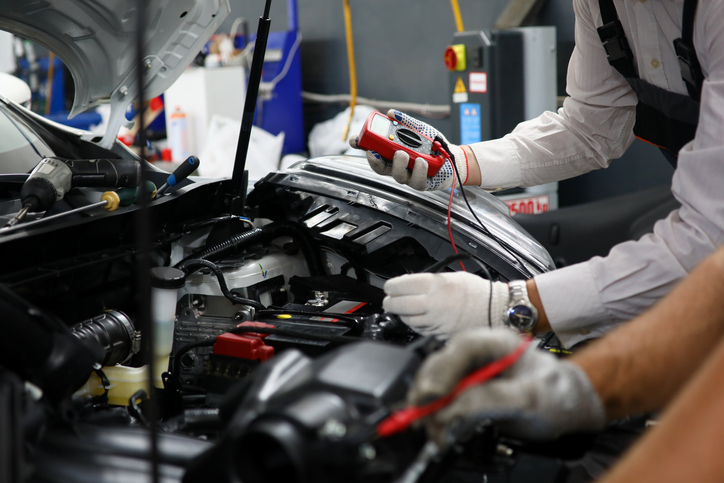Enrolled in Automotive School? Here’s How Car Engines Work

Today’s engines are complex and come in many different varieties. From V-8s to flat-four engines, budding car enthusiasts may struggle to understand how all these different variations work. However, automotive students will be happy to hear that all modern car engines are grounded in the same foundational idea.
As an auto professional in training, you will undergo a combination of theory and practice to become skilled in the ins and outs of car repair. A good starting point is to learn precisely how the heart of the vehicle works, what happens to the gasoline that’s fed into it, and how it’s translated into power. Whether you’re new to the idea of car engines or you need a refresher, read on to find out how they work.
The Distinctive Parts That Make Up the Engine
Today’s engines are internal combustion engines, meaning they convert gasoline into motion by burning it inside. Igniting gasoline releases an incredible amount of energy in the form of expanding gas, and the engine creates cycles that allow it to send off hundreds of these tiny explosions every minute. To accomplish this task, the engine is composed of many complex parts.
The engine block is what houses all the other components. Inside it is the combustion chamber: the heart of the engine containing the cylinders that are fed with fuel and air through valves. Within each of the cylinders is a piston that moves up and down rapidly.
Most engines have four, six, or eight of these cylinders and they can be arranged in inline, V, or flat orientations. Intake and exhaust valves around the cylinders open at the proper times to let in air and fuel and let out exhaust.
Through the cylinders, the spark plug supplies the sparks that ignite the air and fuel to cause combustion. The connecting rod links the pistons to the crankshaft, the part that changes the vertical movement of the pistons into a circular motion that turns the wheels.
The Four-Stroke Engine for Students in Automotive School
The actual motion of the piston within its chamber typically adheres to what’s known as the four-stroke combustion cycle. This cycle occurs hundreds of times every minute, and is composed of the intake, compression, combustion, and exhaust stroke.
The process of these strokes converts the heat of the burnt gasoline into torque, which is applied to the wheels to make the auto move. This cycle is the basis of the internal combustion engine, as all students in auto mechanic school should know.

During the intake stroke, the piston moves down and draws air and fuel into its cylinder. Next is the compression stroke, where the piston moves back to the top of the cylinder and crushes the air and fuel into a compressed mixture.
With the combustion stroke, the spark plug ignites this mixture to release the huge amounts of energy, and this energy flings the piston back to the bottom of the cylinder. Last is the exhaust stroke, where the piston returns to the top to push the exhaust from its cylinder.
Common Engine Problems
Because of how complex the internal combustion engine is and how many parts need to function perfectly for it to work, issues will occasionally surface. It can be difficult to narrow down a problem to a specific component, so casual drivers need to rely on the services of a person who’s gone through auto mechanic training to solve the problem.

If the engine won’t start at all, it could be because of an issue with the battery, or with the fuel or ignition. Another common issue is an overheated engine, which could be due to leaking engine coolant, blocked radiators, or prolonged engine detonation. Poor lubrication inside the engine could also lead to overheating due to an excess of friction. Other issues include a lack of spark due to a broken sparkplug or ignition timing that’s off, the fuel system supplying too much or too little fuel, or impurities inside the fuel.
Want to begin automotive school?
Contact Automotive Training Centres for more info!

